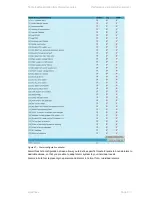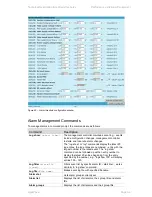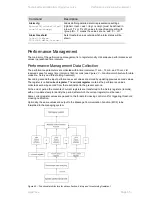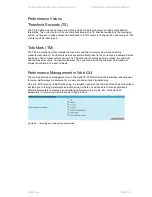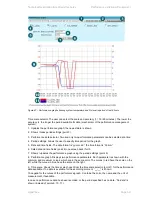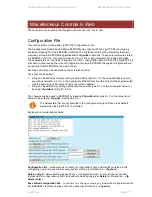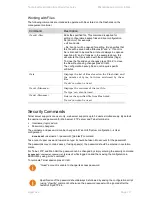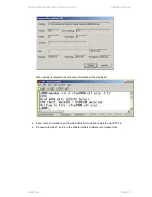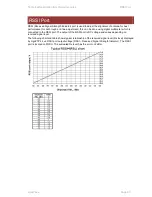
Technical Description &
Configuration Guide
Miscellaneous
Controls in Web
LigoWave
Page 75
These controls are
located in the Navigation Panel under the “Tools” item.
Configuration File
This section allows working with LigoPTP 24 configuration script.
The management module has RAM and EEPROM chips onboard. When LigoPTP 24 is booted up,
bootstrap is loaded from the EEPROM into RAM. The bootstrap contains the parameters that were
previously stored in EEPROM using
write
and/or
cfg write
commands. These parameters are stored
in EEPROM in the form of script and when booting up, the script parameters are loaded into RAM.
These parameters can be freely changed in run-time, - changing the data in RAM. If the LigoPTP 24 is
shut down without saving the current configuration (script) in EEPROM, the original configuration will
be restored from EEPROM on the next boot-up.
Example of script can be observed on the screenshot below.
The script can be edited:
string can be added by simply entering required string (see Nr. 7 on the screenshot below) or by
executing command in CLI or in the appropriate Web GUI section (the script will be supplemented
with the new string or the instant string entry will be updated);
string can be deleted by entering appropriate line number (see Nr. 2 on the screenshot below) or
by using “
cfg delete
<string#>” in CLI.
The changes can be saved in EEPROM by pressing
Cfg write
button (see Nr. 3 on the screenshot
below) or by entering “
cfg write
” command in CLI.
The parameters that are not specified in the configuration script will have their default
values when the LigoPTP 24 is restarted.
Explanation of customization fields:
Configuration file
– window shows contents of configuration script. Commands contained in this
configuration script are executed at every system start-up (command line
–
cfg show
);
Delete entry #
–
allows deleting a specific line of configuration script. You must type the number
represented in configuration script to proceed with deleting and press
Delete
(command line
–
cfg
delete <line>
);
Save edited configuration file
–
to confirm the changes made
, you must write configuration script
into EEPROM, otherwise changes will not be saved (command line
–
cfg write
);
Miscellaneous Controls in Web



